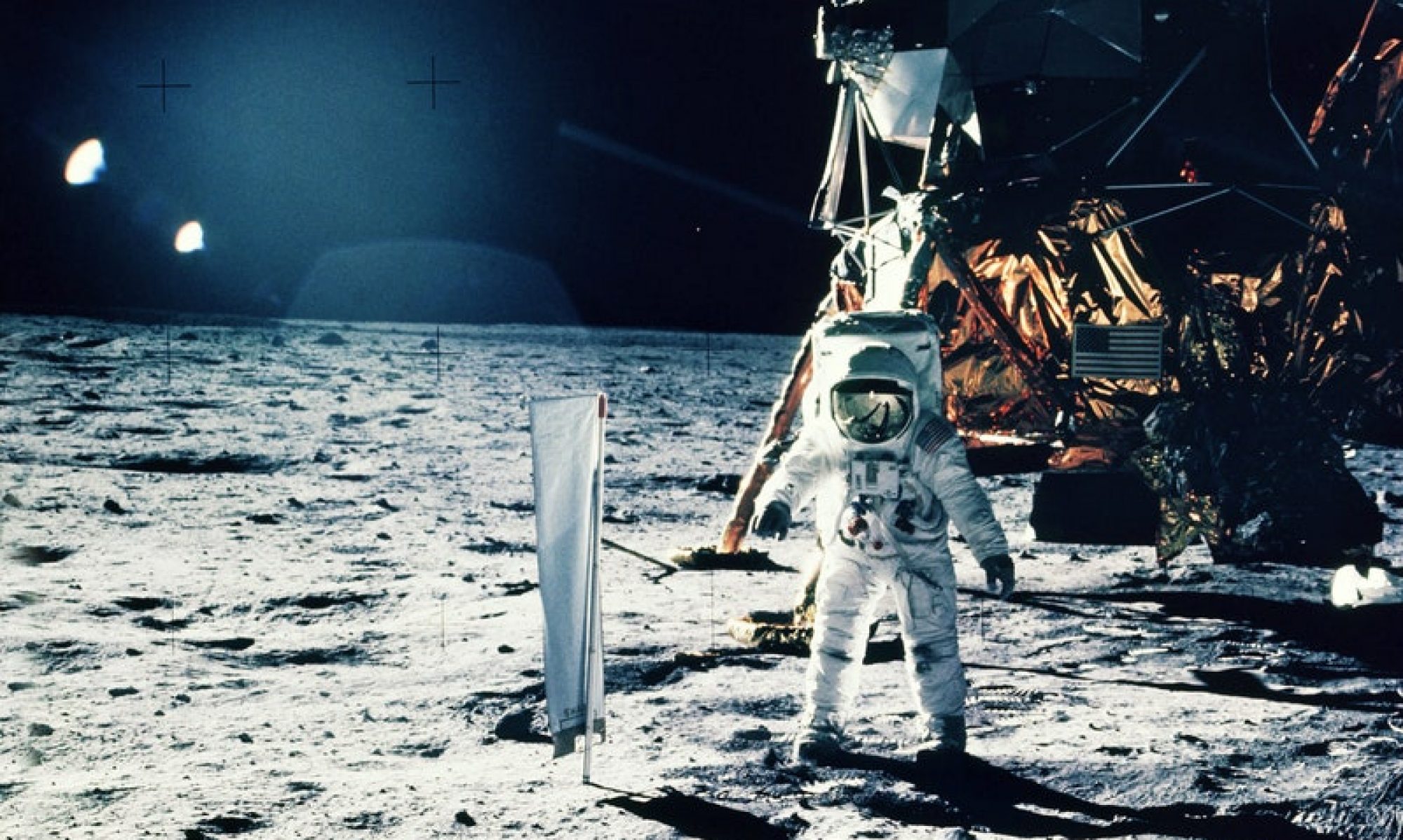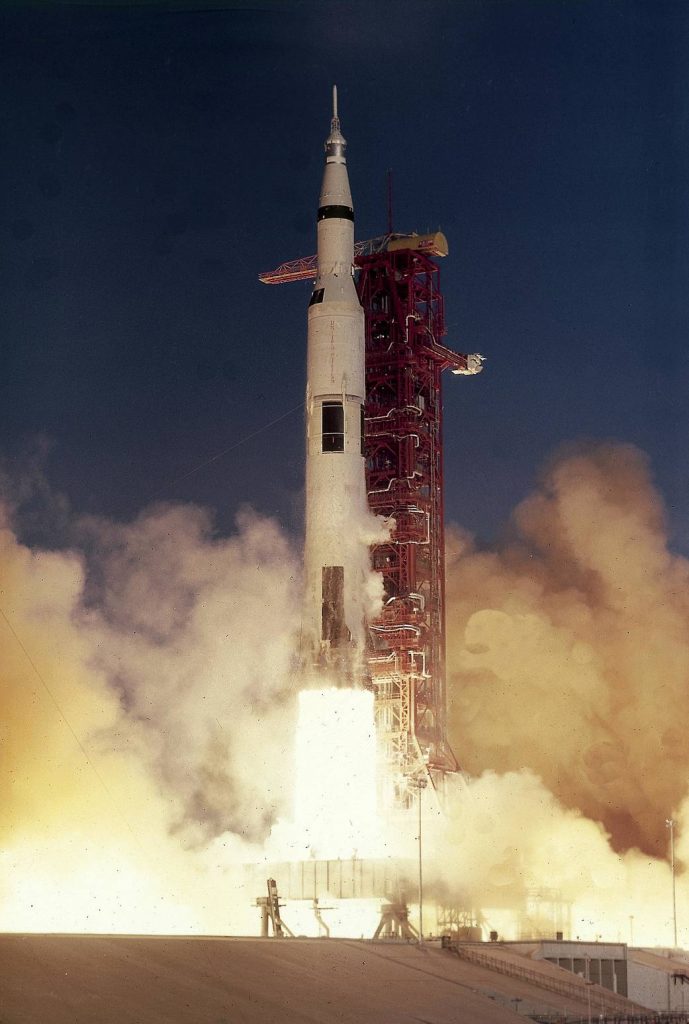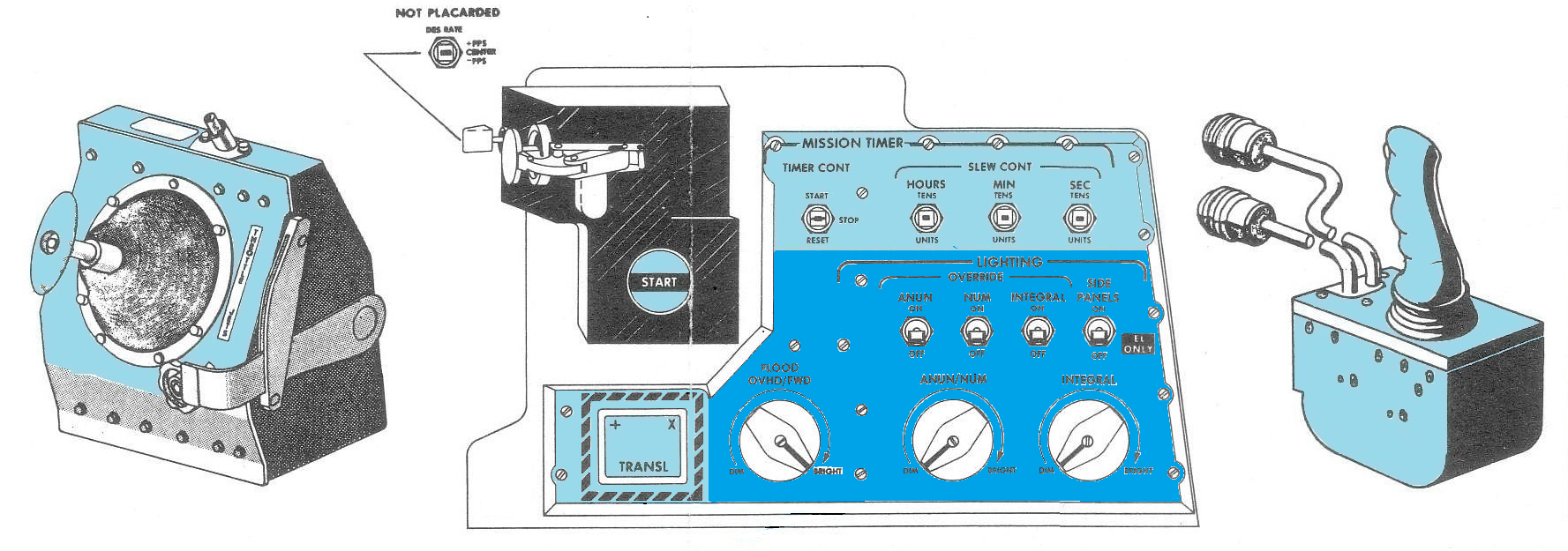Flying the Space Shuttle: A New Book Unlocks the Secrets of NASA’s Most Legendary Spacecraft
Have you ever wondered what it really took to fly the Space Shuttle?
We’re not talking movie magic or vague technical descriptions—we mean actually sitting in the cockpit, interpreting real NASA displays, responding to flight modes, and making the kinds of decisions that only astronauts could make.
Well now, for the first time, a new book takes you behind the glass of the most complex flying machine ever built—and puts you in the pilot seat.
🛰️ “Flying the Space Shuttle” — A Must-Read for Spaceflight Enthusiasts
Flying the Space Shuttle isn’t just another space history book. It’s a detailed, hands-on guide written for college students, aviation buffs, simulator pilots, and real-life STEM professionals who want to understand how the shuttle actually worked—from launch to orbit to reentry.
Whether you’re an engineer, a simulator junkie, or just a space nerd who wants to go deeper than documentaries ever dare, this book is for you.
Inside the book, you’ll explore:
- The Primary Flight Display and how astronauts interpreted pitch, roll, yaw, and velocity during hypersonic flight.
- The Digital Autopilot Systems (DAP) that kept the orbiter stable in orbit—and what happened when the crew took manual control.
- The HSI and Inertial Velocity Bearing Pointer that kept the Shuttle on course to its orbital insertion plane.
- The Mach and Velocity Indicators, Reentry Flight Modes, and Orbital Burn Procedures that had to be executed with precision—often at 17,500 mph.
But this isn’t just a technical breakdown—it’s a journey through the Shuttle’s cockpit from someone who knows both aviation and spaceflight inside and out.
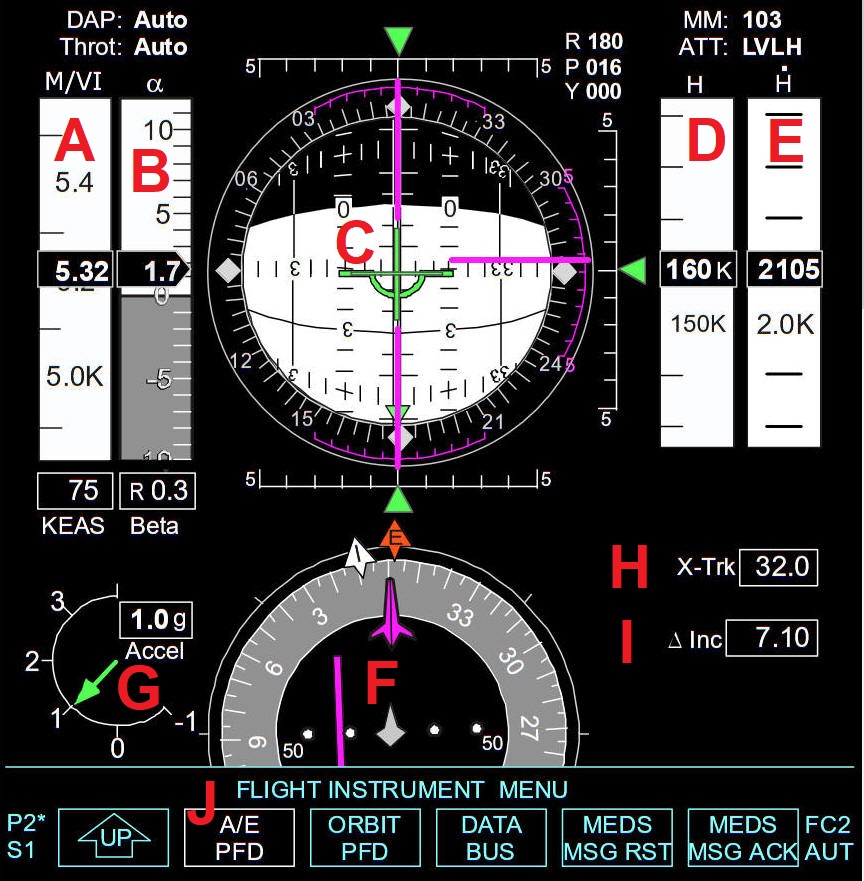
📘 Why This Book Matters — and Why It’s Selling Fast
Author Edward Rafacz, a certified Space Exploration Merit Badge Counselor and founder of the Spacecraft Guide channel and community, brings 20,000+ hours of flight experience to the table. He breaks down complicated shuttle systems into something clear, exciting, and useful for real-world learning.
This book isn’t written like a textbook. It’s written like you’re in training to fly the Space Shuttle yourself. It’s educational, but it’s also fun, fascinating, and absolutely binge-worthy.
And with the resurgence of space exploration—thanks to SpaceX, Blue Origin, Artemis, and more—there’s never been a better time to understand how we got here.
This book captures the engineering legacy of the Shuttle in a way that’s accessible, inspiring, and technically solid.
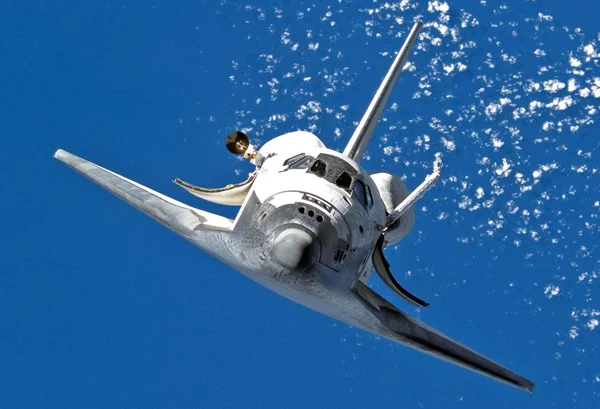
✨ Perfect For:
- Aspiring astronauts and aerospace students
- Flight simulator enthusiasts (X-Plane, Orbiter, MSFS fans—this is gold for you!)
- NASA historians and collectors
- Anyone who wants to learn how a spacecraft really flies
📦 Available Now on Amazon Kindle
The book is available now as a Kindle eBook—perfect for quick download to your iPad, tablet, or phone. It’s already generating buzz among space educators and sim developers.
👉 Grab your copy now on Amazon
👉 Leave a review to help boost this mission!
🌌 Join the Mission — Share This With a Fellow Space Nerd
This book was written for the community—those of us who dream about flight paths, docking maneuvers, and shuttle burn modes in our sleep.
So if you know someone who’d love this kind of deep spaceflight content—share this blog post, tag them on social, and help launch this book to the top of Amazon’s spaceflight category.
🚀 Because space isn’t just for astronauts anymore—it’s for all of us who dream of flying.
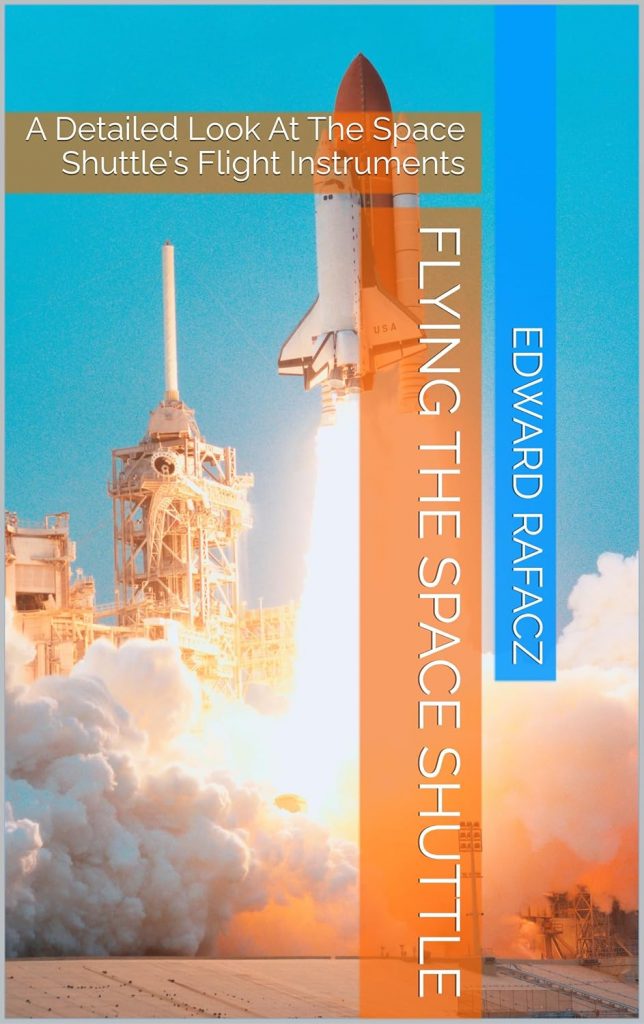
🔗 Let’s Connect:
- 📚 Buy the Book on Amazon
- 🛰️ Subscribe to the Spacecraft Guide YouTube Channel
- 👨🚀 Join Our Spacecraft Guide Facebook Group
- 🧭 Become a Patreon Supporter for Bonus Cockpit Diagrams and Training Tools
#FlyingTheSpaceShuttle #SpacecraftGuide #NASAHistory #AstronautTraining #SpaceNerdsUnite
